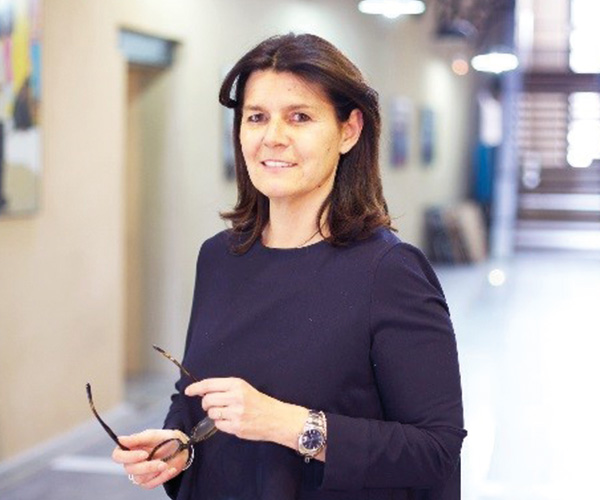Home institution
C2VN (Marseille, France)
Supervisory team
primary: Prof. Dr. Florence Sabatier (C2VN), Prof. Dr. Katrin Schäfer (CTH), tertiary: Prof. Dr. Albert Sickmann (ISAS)
Project locations
C2VN (Marseille, France), CTH (Mainz, Germany), ISAS (Dortmund, Germany)
Joint PhD Degree
Universities of Marseille and Mainz
Project details
Vascular senescence is a major driver in age-related cardiovascular disease but its specific impact on endothelial cells (EC) is poorly known. It has been shown that senescence impairs the balance between EC injury and repair and modifies the shedding of extracellular vesicles (EV). This project is based on the hypothesis that senescence also amplifies inflammatory and thrombotic processes.
The overall goal of the project is to better understand the role of senescence in endothelium-dependent inflammatory and thrombotic responses and to identify new markers to be used in age-related cardiovascular disease. ESR5 will describe an endothelial cells and EV senescence signature. Various cellular models of primary EC isolated from young or aged donors presenting with or without cardiovascular disease will be characterized after validation of their senescence phenotype. A multiple-omics approach will be used to define the molecular signature of senescent/young EC. Omics approaches will be conducted on the derived EV to evaluate how the cargo of different endothelial EV subtypes corresponds to the senescence profile of the parent cells. Lipidomic analysis of EV will be performed during a secondment at ISAS. ESR5 will identify potential new biomarkers of earlier stages of senescence in association with vascular thrombo-inflammation. At the CTH, ESR5 will analyze in more detail the molecular profile of senescence-associated endothelial EV, along with biomarker values in aging-related diseases. A comparison will be made of the profiles of human with mouse EV, in order to identify the EV subtypes released in endothelial senescence, and conversely to assess how EV alter the phenotype of naïve EC. Finally, ESR5 will study the effects of senescence associated EV on thrombosis and thrombolysis in vivo and will use mouse models to focus on the contribution of interesting candidate thrombo-inflammatory mediators.
References
- Simoncini S, Chateau AL, Robert S, Todorova D, Yzydorzick C, Lacroix R, Ligi I, Louis L, Bachelier R, Simeoni U, Magdinier F, Dignat-George F, Sabatier F. Biogenesis of Pro-senescent Microparticles by Endothelial Colony Forming Cells from Premature Neonates is driven by SIRT1-Dependent Epigenetic Regulation of MKK6. Sci Rep. 2017 Aug 15;7(1):8277.
- Vassallo PF, Simoncini S, Ligi I, Chateau AL, Bachelier R, Robert S, Morere J, Fernandez S, Guillet B, Marcelli M, Tellier E, Pascal A, Simeoni U, Anfosso F, Magdinier F, Dignat-George F, Sabatier F. Accelerated senescence of cord blood endothelial progenitor cells in premature neonates is driven by SIRT1 decreased expression. Blood. 2014 Mar 27;123(13):2116-26.
- Pantsulaia Ia, Ciszewski WM, Niewiarowska J. Senescent endothelial cells: Potential modulators of immunosenescence and ageing. Ageing Res Rev. 2016 Aug;29:13-25.
Desirable student skills
- Proficiency in cell culture and especillay in endothelial cells isolation
- Experience with cellular and molecular biology
- Experience in omics approach is desirable



